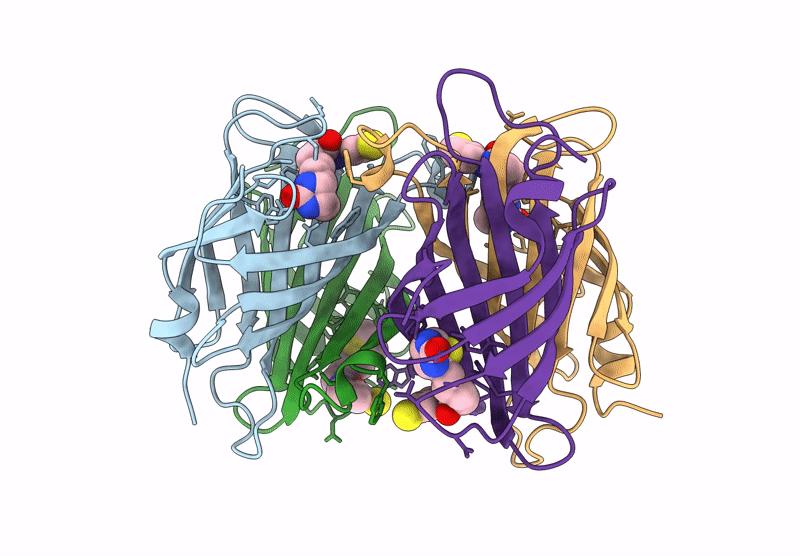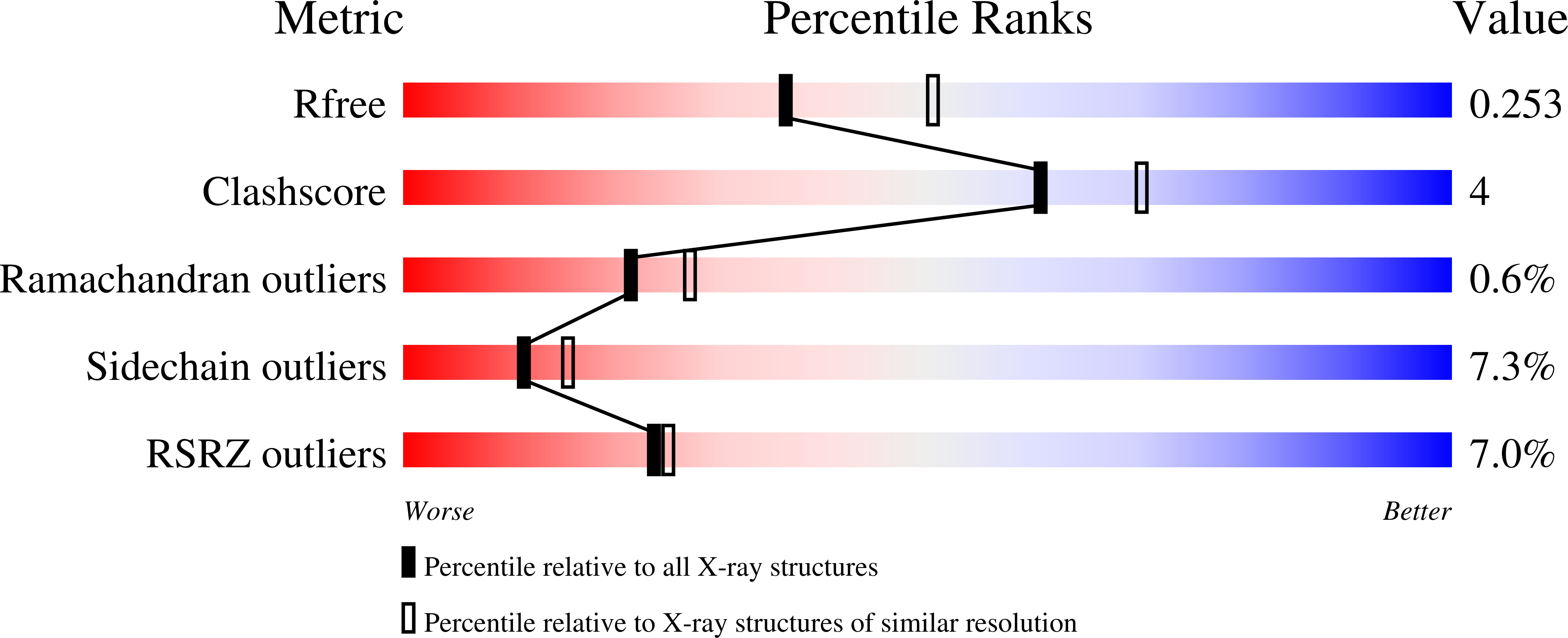
Deposition Date
2025-03-25
Release Date
2025-11-12
Last Version Date
2025-11-26
Entry Detail
PDB ID:
9QNP
Keywords:
Title:
Streptavidin K121W with a thiophenol cofactor as artificial hydrogen atom transferase
Biological Source:
Source Organism:
Streptomyces avidinii (Taxon ID: 1895)
Host Organism:
Method Details:
Experimental Method:
Resolution:
2.30 Å
R-Value Free:
0.25
R-Value Work:
0.19
R-Value Observed:
0.20
Space Group:
C 1 2 1


